Black and Tan (film)
8 /10 1 Votes
Duration Language English | Country United States | |||||||||||||||||||||||||||||||||
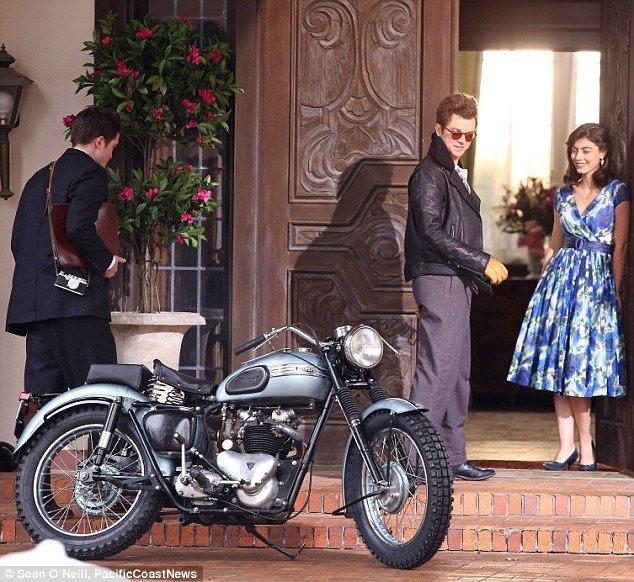 | ||||||||||||||||||||||||||||||||||
Release date December 8, 1929 (1929-12-08) | ||||||||||||||||||||||||||||||||||
Black and tan fantasy 1929 duke ellington
Black and Tan (1929) is a musical short film written and directed by Dudley Murphy about a couple in the performing arts; it is set during the contemporary Harlem Renaissance in New York City. It is the first film to feature Duke Ellington and His Orchestra performing as a jazz band, and was also the film debut of actress Fredi Washington. The film is thought to express the emergence of African-American artists in New York City during the Harlem Renaissance.
Contents
- Black and tan fantasy 1929 duke ellington
- Black and tan duke ellington usa 1929
- Plot
- Director
- Cast
- Duke Ellington and His Orchestra
- Notable orchestra members in the film
- Production
- Legacy
- References
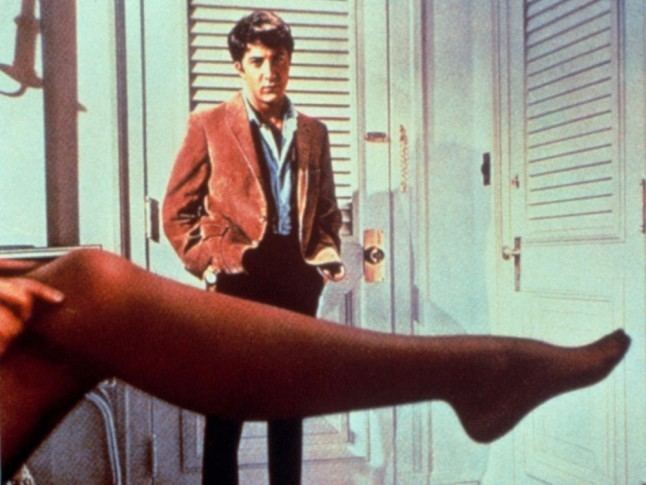
In 2015, the United States Library of Congress selected the film for preservation in the National Film Registry, finding it "culturally, historically, or aesthetically significant".
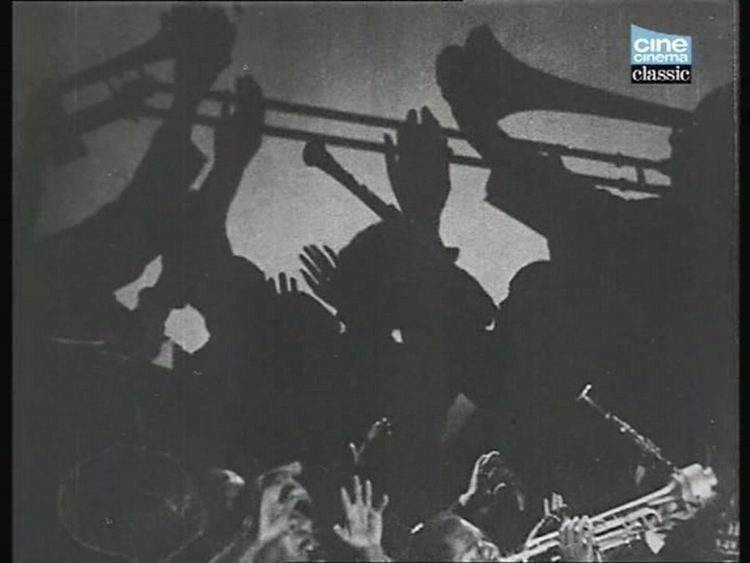
Black and tan duke ellington usa 1929
Plot
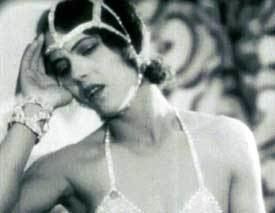
The film begins with a scene showing Duke Ellington struggling to get bookings for his band. His finances are so tight that he can't make payments on his piano and apartment. Two men arrive to take possession of Duke's piano.
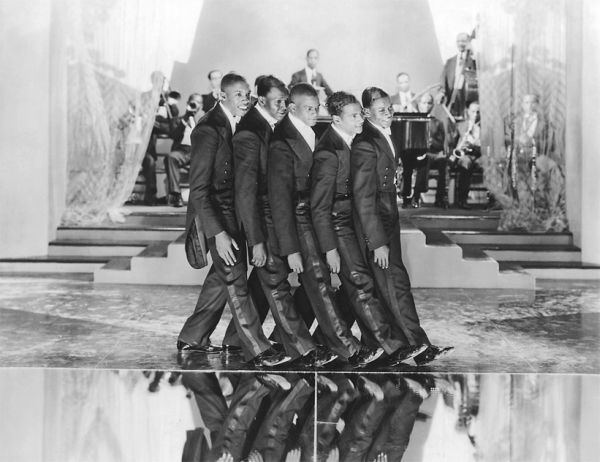
Ellington’s wife (played by Fredi Washington) is a dancer. She has achieved acclaim beyond that of the band. She offers the movers ten dollars not to take the piano, but they refuse the payment. When she offers them gin (the film is set during the Prohibition era), they take it and leave, promising to say nothing of this and to claim nobody was at home when they came by.

After landing a dancing job at a club, Washington offers it as a venue to Ellington for his band. She says that she must be featured as the starring act, in order to land the contract offered by the club. Shown as deeply in love with Ellington, the dancer is revealed to have a heart condition that puts her at risk. Although warned to give up dancing, Washington assures the Duke that she is healthy enough to perform. But she dances to her collapse to Ellington’s "Cotton Club Stomp." She later dies in their apartment as the band and a vocal chorus render Duke's new piece, “Black and Tan Fantasy”.
Director

Dudley Murphy became involved in film after working as a journalist, starting with movies in the early 1920s. In his works featuring black musicians, Murphy collaborated with them to best express the concepts of the films. He became well known for his short films featuring music: St. Louis Blues (1929) with singer Bessie Smith, and Black and Tan (1929) with Duke Ellington and His Orchestra.
Later he wrote and directed Confessions of a Co-Ed (1931), The Sport Parade (1932) with Joel McCrea, and The Emperor Jones (1933), starring Paul Robeson and based on a play by Eugene O'Neill.
Cast
Both used their own names although they played thinly masked "fictional" characters.
Duke Ellington and His Orchestra
The Orchestra did not take on this name until the 1930s, earlier performing at the Cotton Club as "Duke Ellington and his Cotton Club Orchestra".
Notable orchestra members in the film
Production
Murphy used much of the same set and production crew as for his other 1929 film, St. Louis Blues, featuring Bessie Smith. He and his crew worked on both films concurrently.
Murphy collaborated with Ellington to allow his choice of what music would be played. The Ellington orchestra's performance of “Black and Tan Fantasy” in the film is very different from other traditional recordings. It is the only version in which Barney Bigard plays a solo using the clarinet as the melodic instrument during the song. To express the sadness of the Fredi’s death, Ellington uses music by a gospel choir.
Legacy
The film emphasizes the music and symbolism of African-American influence on jazz, the struggle and rage of people in 1920s Harlem, and some realities for African Americans, such as the Cotton Club being a place where they were hired to entertain, prepare food and drink, and serve, but were not accepted as customers. Some of Ellington's notable compositions played in the film are “The Duke Steps Out”, which features Arthur Whetsol performing a trumpet solo as a melodic turn (in the recording, Bubber Miley performs the solo).
